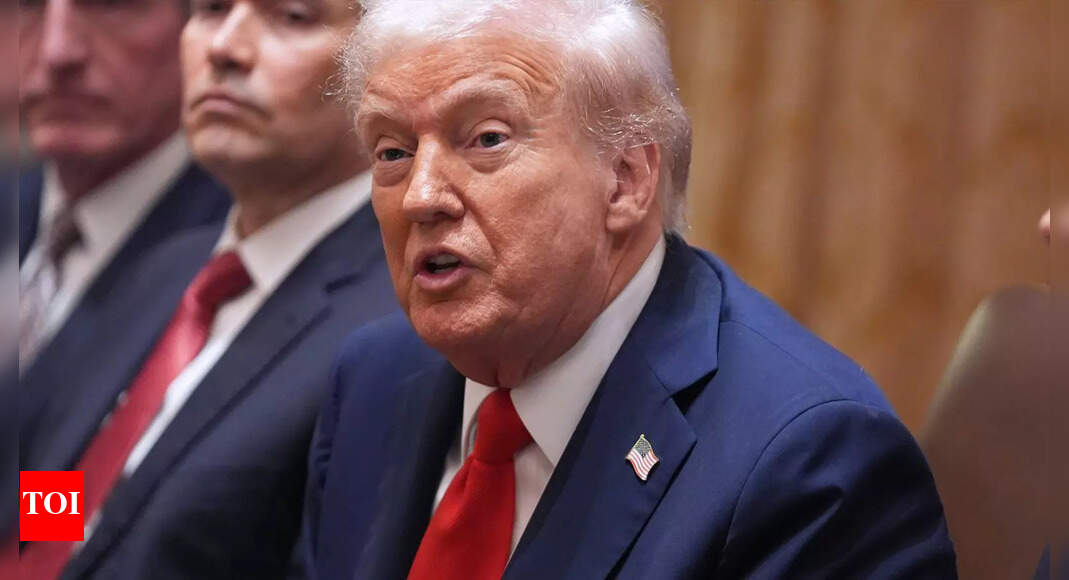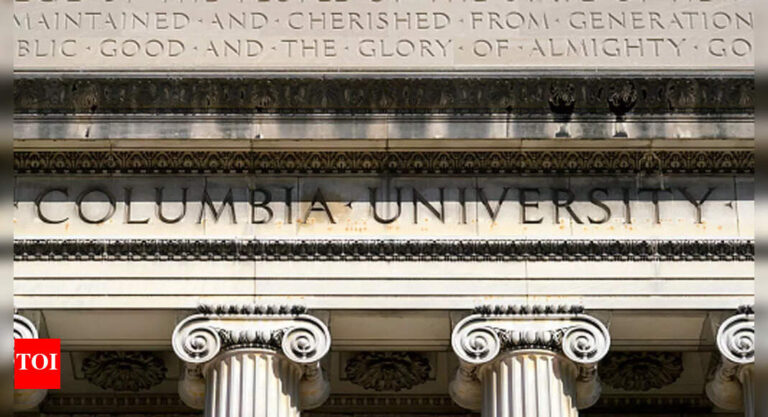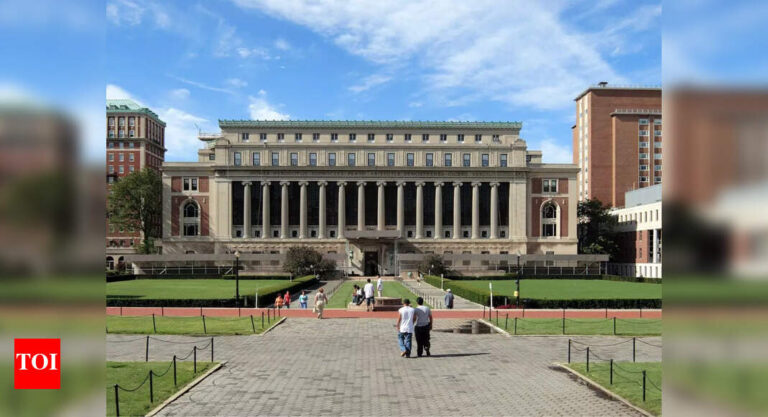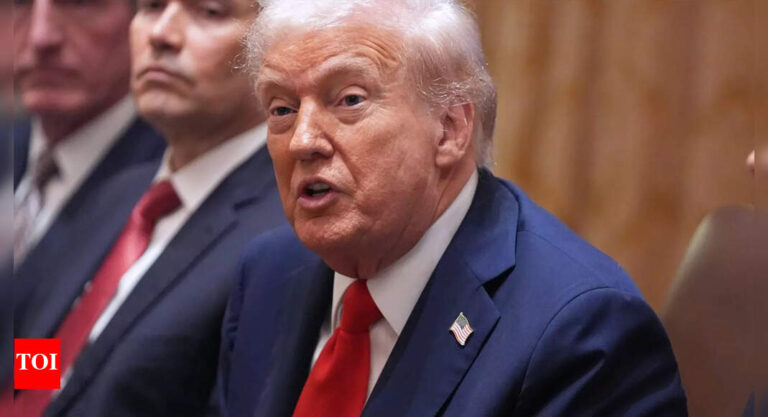
The White House has floated a funding-linked “compact” to a short list of elite universities: Accept a package of conditions and enjoy preferred access to federal money. Among those conditions, the most combustible for Indian families is a double cap on international undergraduates—no more than 15% of the total undergraduate body, and no more than 5% from any single country. This is not a nationwide law; it is a conditional offer to nine named institutions (Brown, Dartmouth, MIT, Penn, USC, Vanderbilt, UVA, University of Texas, University of Arizona) that are being asked to sign, with the cap spelled out explicitly in the reporting on the memo.
What, precisely, is being capped and where?
The proposal, detailed in media copies of the nine-page “Compact for Academic Excellence in Higher Education,” limits international undergraduates to ≤15% of a campus’s total undergraduate population, and limits any single origin country to ≤5% of that same total undergraduate population. Two clarifications matter for India. First, the cap is institution-wide (not per course or department). Second, it is undergraduate-only; nothing in the reported terms extends to master’s or doctoral intake.
India’s real pipeline: Graduate-led, not undergrad-heavy
The latest Open Doors 2024 data are unambiguous: India’s surge to No. 1 origin is driven by graduate programmes and OPT, not by undergraduates. The IIE press release puts India’s total at 331,602 in AY 2023–24 (up 23% year-on-year), and spells out the mix—196,567 graduate students (+19%) and 97,556 on OPT (+41%). Undergraduates are 36,053, roughly 11% of India’s total.The Open Doors 2024 India Fact Sheet shows the same breakdown in one place—36,053 UG, 196,567 graduates, 97,556 OPT—and, for context, confirms India’s 2023–24 total of 331,602. In other words, nearly six in ten Indians in the U.S. are graduate students, and almost three in ten are on OPT; only about one in ten are undergraduates—the only category touched by the cap.At the system level, Open Doors also notes that the U.S. hosted 1,126,690 international students in 2023–24, with graduate and OPT at record highs—again, the cap targets neither category. Translation: Even if every university on that nine-campus list signed tomorrow, the policy cannot dent India’s national numbers in a dramatic way this year, because it lives entirely in the undergraduate slice where India is smallest.
So where (and when) could Indians actually feel it?
Three scenarios make the cap “bite” in practice:
- A signatory already near the threshold. If a signatory campus has, say, 10,000 undergraduates, the 5% ceiling implies no more than 500 Indians enrolled at any time, and the 15% aggregate ceiling implies no more than 1,500 total internationals. If Indian UGs are already close to that 5% share, the admissions office will trim offers to stay compliant. (The memo, as reported, defines caps against total undergraduate headcount, not against the international subset.)
- A signatory with high overall international UG share. If total international undergrads exceed 15%, multiple large-origin cohorts (including India) will be squeezed as the campus normalises to the cap. AP’s read of federal data even flags that some named schools run close to the margin.
- Future expansion. Even where Indian UG numbers sit below 5% today, the cap becomes a ceiling on growth at those campuses—especially in programmes where Indian interest is surging (CS, data, EE). More importantly for families, the list of signatories could grow; the compact contemplates signatures on a specific timeline.
Bottom line for India (2025 admissions lens)
- Macro impact this year: Limited. The cap is undergrad-only, not graduate; India’s flow is graduate-led (Open Doors’ 2023–24 count shows 196,567 grads vs 36,053 undergrads).
- Where it pinches: Specific signatories with Indian UG shares near 5% or overall internationals near 15%. Some campuses may cap Indian offers earlier in the cycle to avoid breaching the limit.
- What to watch: Which universities actually sign (and whether more are invited), whether state-level pushback chills adoption, and any future attempt to extend caps to graduate programmes (not part of the reported compact).
The paradox is classic policy-by-purse: A cap sold as “balance” that mainly sets a ceiling on Indian undergraduate growth at a few campuses, while leaving the engine room of India’s U.S. journey—master’s programmes and OPT—untouched. If the compact stalls amid state backlash, the effect is academic. If it spreads, the ceiling hardens. For now, Indian families should read the fine print, watch the signatory list, and remember what Open Doors 2024 makes plain: the centre of gravity is still graduate study.







